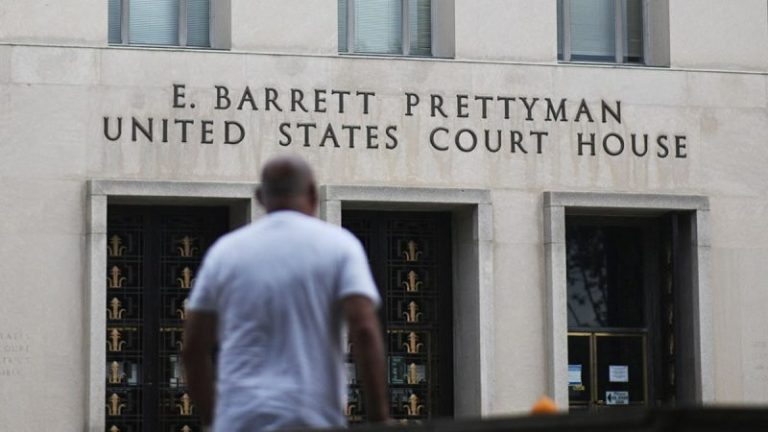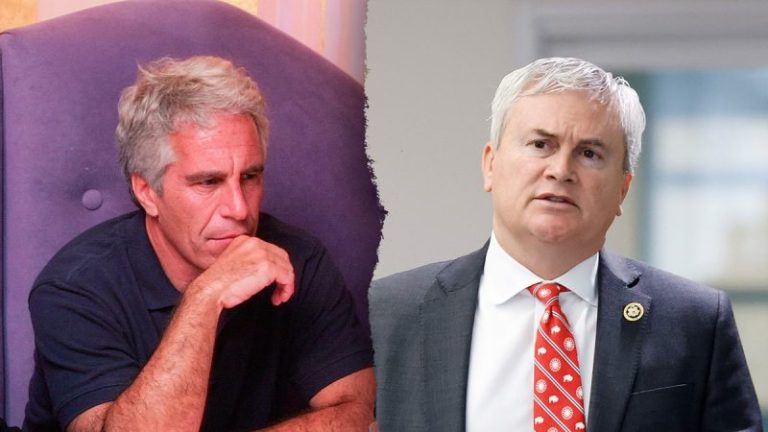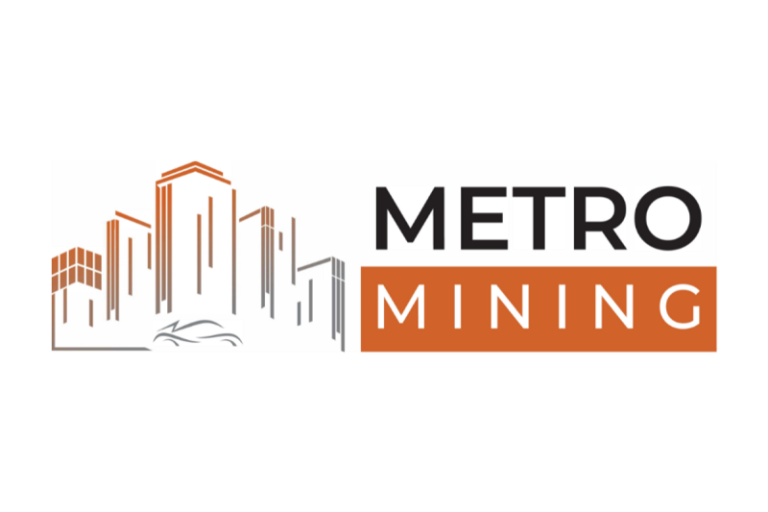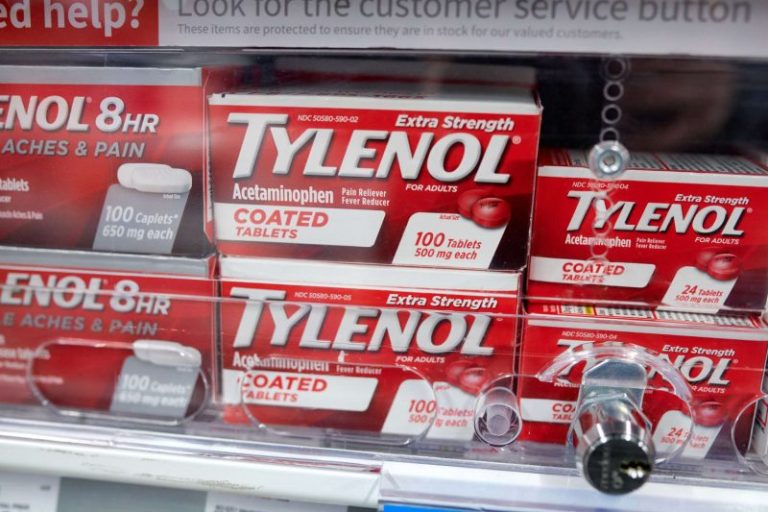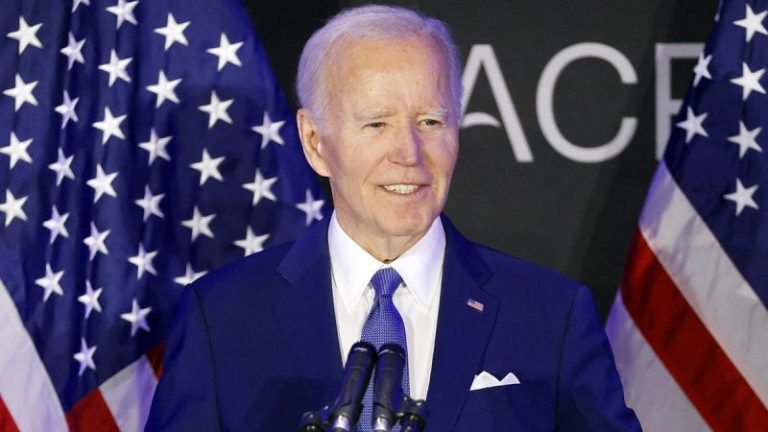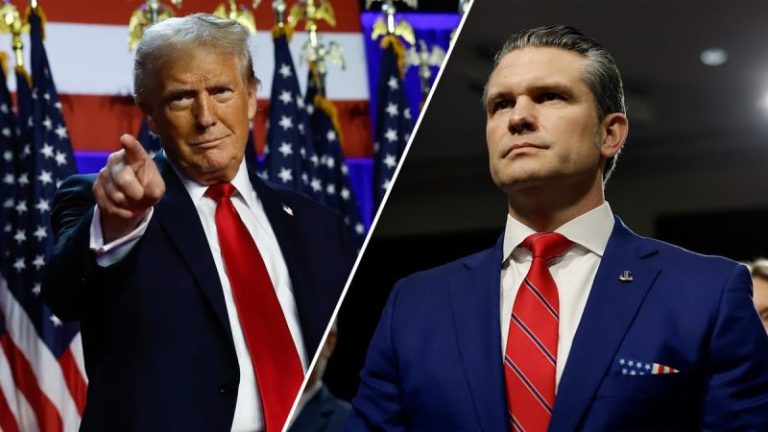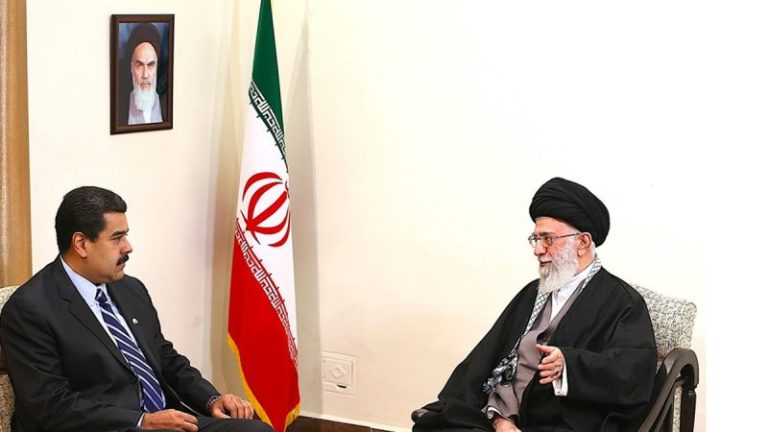Sun Summit Minerals Corp. (TSXV: SMN,OTC:SMREF) (OTCQB: SMREF) (‘Sun Summit’ or the ‘Company’) is pleased to report results from its first drill hole completed in 2025 at the JD Project, Toodoggone Mining District, north-central British Columbia.
Hole CZ-25-007 returned one of strongest intervals of consistent and near-surface gold mineralization drilled to date at the Creek Zone: 78.0 meters of 3.72 g/t gold starting at 30.0 meters down hole. This interval of near-surface gold mineralization is in an area previously untested by drilling and is interpreted to represent a parallel trend of mineralization north of the Creek Zone where it remains open to the northwest. Follow-up drilling is planned for this season.
Highlights:
- Hole CZ-25-007 intersected a significant zone of near-surface, continuous gold mineralization punctuated with high-grade veins:
- 78.0 meters of 3.72 g/t gold from 30.0 meters down hole, including
- 12.0 meters of 8.55 g/t gold, and including
- 19.1 meters of 7.50 g/t gold
- The 78.0 meter interval contains multiple high-grade veins, some with fine visible gold, that returned 31.84 g/t gold over 1.0 meters, 54.40 g/t gold over 1.0 meters, 67.80 g/t gold over 0.90 meters and 98.80 g/t gold over 0.5 meters. These intervals clearly demonstrate the high-grade gold mineralization potential of the Creek Zone.
- Establishes a new zone of high-grade and disseminated mineralization: The upper 78.0 meter interval is in an area not previously tested by drilling and may represent a parallel zone of mineralization north of the main series of Creek Zone high-grade veins.
- Follow-up drilling planned: Based on the exceptional results from CZ-25-007, additional step-out holes are planned for this season to test the down-dip and northwest strike extent.
- Additional assay results pending: Assays from the remaining ten holes (3,340 meters) drilled at the Creek zone are pending.
‘The first hole of this year’s drill program at our JD Project in the significant Toodoggone District, represents the best hole drilled to date at the Creek Zone,’ said Niel Marotta, CEO of Sun Summit Minerals. ‘The hole intersected significant mineralization from 30 meters downhole. This interval is punctuated with multiple high-grade zones which supports the high-grade gold potential of the Creek Zone, typical of many Toodoggone gold deposits. We have planned additional holes to test the strike extent of this new zone of mineralization and are excited to move the drill rig back to the area in the coming weeks.’
Table 1. Assay Results1,2
| Hole ID |
From (m) |
To (m) |
Interval (m) |
Au (g/t) |
Ag (g/t) |
| CZ-25-007 |
30.00 |
108.00 |
78.00 |
3.72 |
4.12 |
| including |
30.00 |
79.00 |
49.00 |
5.57 |
5.89 |
| including |
37.00 |
49.00 |
12.00 |
8.55 |
8.69 |
| including |
37.00 |
38.00 |
1.00 |
31.84 |
11.66 |
| including |
48.00 |
49.00 |
1.00 |
54.40 |
31.90 |
| including |
59.90 |
79.00 |
19.10 |
7.50 |
4.77 |
| including |
59.90 |
60.84 |
0.94 |
67.80 |
36.19 |
| including |
78.50 |
79.00 |
0.50 |
98.80 |
67.80 |
| and |
198.00 |
207.20 |
9.20 |
0.30 |
0.87 |
| and |
251.00 |
271.00 |
20.00 |
0.89 |
0.25 |
| including |
258.00 |
266.89 |
8.89 |
1.78 |
0.47 |
- Intervals are downhole core lengths. True widths are unknown.
- Calculations are uncut and length-weighted using a 0.10 g/t gold cut-off.
- Grades have not been capped in the length-weighted averaging.
Drill Hole CZ-25-007
Hole CZ-25-007 was collared 75 meters to the north of hole CZ-24-004 (122.53 metres of 2.11 g/t gold including 4.04 metres of 46.78 g/t gold, see October 2, 2024 news release) and stepped out 100 meters west of hole CZ-24-005 (57.95 meters of 2.69 g/t gold including 19.50 meters of 7.31 g/t gold, see October 16, 2024 news release, Figure 1). The upper interval of strong disseminated and high-grade vein-hosted gold mineralization in CZ-25-007 (e.g., 78.0 meters 3.72 g/t gold, Table 1) is approximately 120 metes to the northwest of the upper interval in CZ-24-005 (Figure 2). Together, these intercepts may represent a new zone of mineralization that trends parallel to the main steeply-dipping northwest-striking vein-sets (e.g., 22.0 m of 11.7 g/t Au including 4.0 m of 61.2 g/t Au, in hole CZ97-0081). Further drilling is warranted to test the strike- and dip- extent of this parallel zone.
The upper interval in CZ-25-007 contains multiple high-grade veins and breccias (31.84 g/t gold over 1.0 meters, 54.40 g/t gold over 1.0 meters, 67.80 g/t gold over 0.90 meters and 98.80 g/t gold over 0.5 meters) within the broad zone of disseminated gold mineralization (Figure 3). Many of these higher-grade intervals contain fine visible gold (Figure 4). These intervals demonstrate the high-grade mineralization potential of the Creek Zone and support the strong prospectivity of the Creek Zone to the northwest in an area lacking drilling.
Hole CZ-25-007 intersected a bedded sequence of intermediate volcanic and volcaniclastic rocks interpreted to be a sequence within the McClair Member of the Early Jurassic Toodoggone formation. Higher-grade gold mineralization is hosted in epithermal-related and locally banded quartz-carbonate veins, veinlets and sulfide-cemented breccias with locally strong potassium feldspar alteration halos (Figure 3). Vein-hosted sulfides include pyrite, sphalerite, ± chalcopyrite and galena with some veins containing visible gold. Bulk-tonnage mineralization is associated with selectively pervasive sericite-chlorite-hematite alteration with disseminated pyrite, proximal to vein-associated potassic alteration (Figure 3).
Drill Program
Drilling in 2025 at the Creek Zone was designed to investigate the lateral and vertical extent of high-grade and bulk-tonnage gold mineralization (Figures 1 and 2). Over 3,700 meters across 11 drill holes at Creek have so far been completed. These holes were designed to systematically test the vein-controlling structures on 50 to 100 meter pierce-points covering a strike-length of over 800 meters and a down-dip extent of over 200 meters (Figures 1 and 2). Based on the result of CZ-25-007 step-out holes to the northwest are planned this season.
Assays from the remaining drill holes, as well as surface sampling results are pending and will be released as they are received and reviewed.
Figure 1. Plan map showing drill collar location of CZ-25-007 and additional drill holes with pending results. Selected highlights from the 2024 drill program at the Creek Zone are also shown (see October 2nd, 2024 and October 16th, 2024 news releases). See references 1 and 2 for sources of historical drill data.
To view an enhanced version of this graphic, please visit:
https://images.newsfilecorp.com/files/6142/265410_d618af9264737880_001full.jpg
Figure 2. Oblique view through the Creek Zone drill holes showing downhole assays for all drill holes including CZ-25-007 and holes with pending results. Selected highlights from the 2024 drill program at the Creek Zone are also shown (see October 2nd, 2024 and October 16th, 2024 news releases). See references 1 and 2 for sources of historical drill data.
To view an enhanced version of this graphic, please visit:
https://images.newsfilecorp.com/files/6142/265410_d618af9264737880_002full.jpg
Figure 3. Core photos of CZ-25-007, A. Box photos showing core from 24.99 m to 80.0 m downhole which includes four high-grade intervals of 31.84 g/t Au over 1.0 m, 54.40 g/t Au over 1.0 m, 67.80 g/t Au over 0.94 m and 98.80 g/t Au over 0.50 m collectively within a broader interval of 49.0 m of 5.57 g/t Au. Individual down hole gold assay results are annotated at the sample depths.
To view an enhanced version of this graphic, please visit:
https://images.newsfilecorp.com/files/6142/265410_d618af9264737880_003full.jpg
Figure 4. Core photos from CZ-25-007 showing zones of high-grade mineralization, A. sulfide-cemented hydrothermal breccia at 59.9 m down hole (67.80 g/t gold over 0.94 m) with visible gold B. example of visible gold at 59.9 m down hole, C. high-grade vein at 37.0 m down hole (31.84 g/t gold over 1.0 m) with specks of visible gold, D. example of visible gold at 37.0 m down hole. Abbreviations, qtz = quartz, carb = carbonate, epi = epidote, sph = sphalerite, cpy = chalcopyrite.
To view an enhanced version of this graphic, please visit:
https://images.newsfilecorp.com/files/6142/265410_d618af9264737880_004full.jpg
Figure 5. Map of the Toodoggone District showing the location of the JD Project in relation to other development and exploration projects. Data sourced from Thesis, TDG and Centerra’s corporate websites. The QP has been unable to verify the information and that the information is not necessarily indicative to the mineralization on the property that is the subject of the disclosure.
To view an enhanced version of this graphic, please visit:
https://images.newsfilecorp.com/files/6142/265410_d618af9264737880_005full.jpg
Table 2. Drill Collar Location
| Hole ID |
Easting |
Northing |
Elevation (m) |
Azimuth |
Dip |
Depth (m) |
| CZ-25-007 |
608275 |
6368386 |
1504 |
255 |
-45 |
341 |
Coordinates are in UTM NAD83 Zone 9N
Quality Assurance and Quality Control
All drill core sample assay and analytical results have been monitored through the Company’s quality assurance and quality control program (QA/QC). Drill core was sawn in half at Sun Summit’s dedicated and secure core logging and processing facility at the JD exploration camp.
Half of the drill core was sampled and shipped by a bonded courier in sealed and secured woven polyester bags to the ALS Global preparation facilities in Kamloops, BC. Core samples were prepared using ALS standard preparation procedure PREP-31A which involves crushing the sample to 70% less than 2mm, followed by a riffle split of 250g, and then a pulverised split to better than 85% passing 75 microns.
Following sample preparation, the pulps were sent to the ALS Global analytical laboratory in North Vancouver, B.C. for analysis. ALS Global is registered to ISO/IEC 17025:2017 accreditations for laboratory procedures.
Drill core samples were analyzed for 48 elements by ICP-MS on a 0.25-gram aliquot using a four-acid digestion (method ME-MS61). This method is considered a ‘ultra trace element’ analytical method with low detection limits on key pathfinder elements such as Ag, As, Sb, Se and Tl.
Gold was analyzed by fire assay on a 30-gram aliquot with an AES finish (inductively coupled plasma atomic emission spectroscopy – method Au-ICP21). Samples that returned >10 parts per million (ppm) gold were re-analyzed by fire assay using a gravimetric finish on a 30-gram aliquot (method Au-GRA21).
Overlimit samples (e.g. Ag, Cu, Pb & Zn) were re-analyzed using an ore-grade, four-acid digestion and ICP-AES finish. Over limits for key elements: samples with >100 ppm silver, >10,000 ppm Cu, >10,000 ppm Pb and >10,000 ppm Zn. In addition to ALS Global laboratory QA/QC protocols, Sun Summit implements a rigorous internal QA/QC program that includes the insertion of duplicates, certified reference materials (standards prepared by an independent lab) and blanks into the sample stream. A total of 38 QA/QC samples, including 21 standards, were inserted in the field, representing 14.2% of the overall sample stream. There were no significant issues identified in either the internal or external QA/QC samples.
National Instrument 43-101 Disclosure
This news release has been reviewed and approved by Sun Summit’s Vice President Exploration, Ken MacDonald, P. Geo., a ‘Qualified Person’ as defined in National Instrument 43-101 Standards of Disclosure for Mineral Projects of the Canadian Securities Administrators. Some technical information contained in this release is historical in nature and has been compiled from public sources believed to be accurate. The historical technical information has not been verified by Sun Summit and may in some instances be unverifiable dependent on the existence of historical drill core and grab samples.
Community Engagement
Sun Summit is engaging with First Nations on whose territory our projects are located and is discussing their interests and identifying contract and work opportunities, as well as opportunities to support community initiatives. The Company looks forward to continuing to work with local and regional First Nations with ongoing exploration.
About the JD Project
The JD Project is located in the Toodoggone mining district in north-central British Columbia, a highly prospective deposit-rich mineral trend. The project covers an area of over 15,000 hectares and is in close proximity to active exploration and development projects, such as Thesis Gold’s Lawyers and Ranch projects, TDG Gold’s Baker-Shasta projects, Amarc Resource’s AuRORA project, Centerra’s Gold’s Kemess East and Underground projects, as well as the past-producing Kemess open pit copper-gold mine (Figure 5).
The project is 450 kilometres northwest of the city of Prince George, and 25 kilometres north of the Sturdee airstrip. It is proximal to existing infrastructure in place to support the past-producing Kemess mine, including roads and a hydroelectric power line.
The JD Project is in a favourable geological environment characterized by both high-grade epithermal gold and silver mineralization, as well as porphyry-related copper and gold mineralization. Some historical exploration, including drilling, geochemistry and geophysics, has been carried out on the property, however the project area is largely underexplored.
About Sun Summit
Sun Summit Minerals (TSXV: SMN,OTC:SMREF) (OTCQB: SMREF) is a mineral exploration company focused on the discovery, expansion and advancement of district scale gold and copper assets in British Columbia. The Company’s diverse portfolio includes the JD and Theory projects in the Toodoggone region of north-central B.C., and the Buck Project in central B.C.
Further details are available at www.sunsummitminerals.com.
References
- Hawkins, P.A. (1998), 1997 Exploration Report on the Creek Zone for Antares Mining and Exploration Corporation and AGC Americas Gold Corporation, JD Property, Toodoggone River Area, Omineca Mining Division, Internal Report #98-065-1.
Link to Figures
Figure 1: https://wp-sunsummitminerals-2024.s3.ca-central-1.amazonaws.com/media/2025/09/SMN_JD_CZ007_20250903_Figure_1-scaled.jpg
Figure 2: https://wp-sunsummitminerals-2024.s3.ca-central-1.amazonaws.com/media/2025/09/SMN_JD_CZ007_20250903_Maps_Figure-2-scaled.jpg
Figure 3: https://wp-sunsummitminerals-2024.s3.ca-central-1.amazonaws.com/media/2025/09/JD_CZ_CZ007_V1_CorePhotos_V2_Figure_3-scaled.jpg
Figure 4: https://wp-sunsummitminerals-2024.s3.ca-central-1.amazonaws.com/media/2025/09/JD_CZ_CZ007_V1_CorePhotos_V2_Figure_4-scaled.jpg
Figure 5: https://wp-sunsummitminerals-2024.s3.ca-central-1.amazonaws.com/media/2025/09/SMN_JD_CZ007_20250903_V4_Figure-5.jpg
On behalf of the board of directors
Niel Marotta
Chief Executive Officer & Director
info@sunsummitminerals.com
For further information, contact:
Matthew Benedetto, Simone Capital
mbenedetto@simonecapital.ca
Tel. 416-817-1226
Forward-Looking Information
Statements contained in this news release that are not historical facts may be forward-looking statements, which involve risks, uncertainties and other factors that could cause actual results to differ materially from those expressed or implied by such forward-looking statements. In addition, the forward-looking statements require management to make assumptions and are subject to inherent risks and uncertainties. There is significant risk that the forward-looking statements will not prove to be accurate, that the management’s assumptions may not be correct and that actual results may differ materially from such forward-looking statements. Accordingly, readers should not place undue reliance on the forward-looking statements. Generally forward-looking statements can be identified by the use of terminology such as ‘anticipate’, ‘will’, ‘expect’, ‘may’, ‘continue’, ‘could’, ‘estimate’, ‘forecast’, ‘plan’, ‘potential’ and similar expressions. Forward-looking statements contained in this press release may include, but are not limited to, the timing of and size and scope of the drill program at the JD property; the Company’s exploration plans, expectations and forecasts. These forward-looking statements are based on a number of assumptions which may prove to be incorrect which, without limiting the generality of the following, include: the Company’s ability to complete the drill program as currently contemplated; risks inherent in exploration activities; volatility and sensitivity to market prices; volatility and sensitivity to capital market fluctuations; and fluctuations in metal prices. The forward-looking statements contained in this news release are made as of the date hereof or the dates specifically referenced in this press release, where applicable. Except as required by applicable securities laws and regulation, Sun Summit disclaims any intention or obligation to update or revise any forward-looking statement, whether as a result of new information, future events or otherwise, except as required by applicable securities laws. All forward-looking statements contained in this press release are expressly qualified by this cautionary statement.
Neither the TSX Venture Exchange nor its Regulation Services Provider (as that term is defined in the policies of the TSX Venture Exchange) accepts responsibility for the adequacy or accuracy of this release.
To view the source version of this press release, please visit https://www.newsfilecorp.com/release/265410

